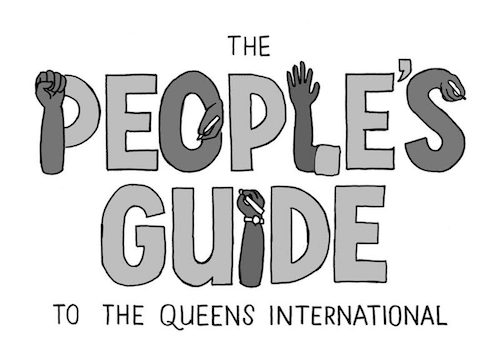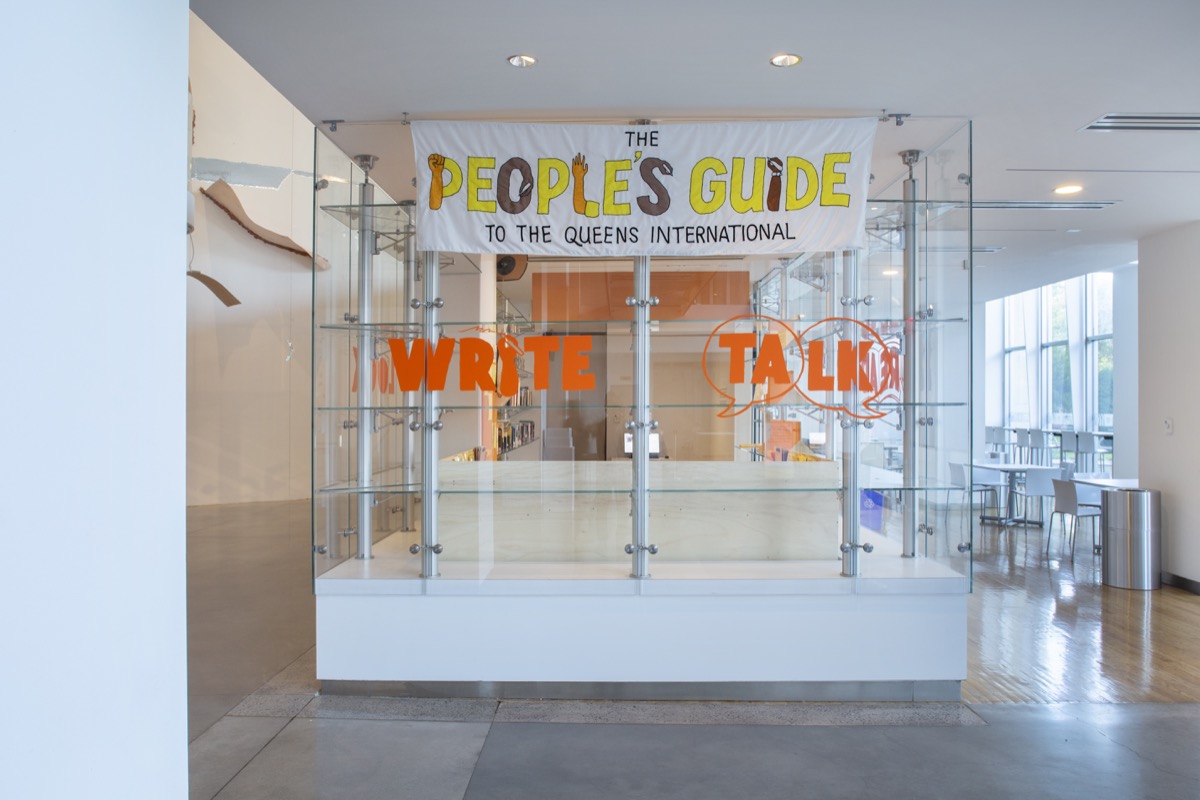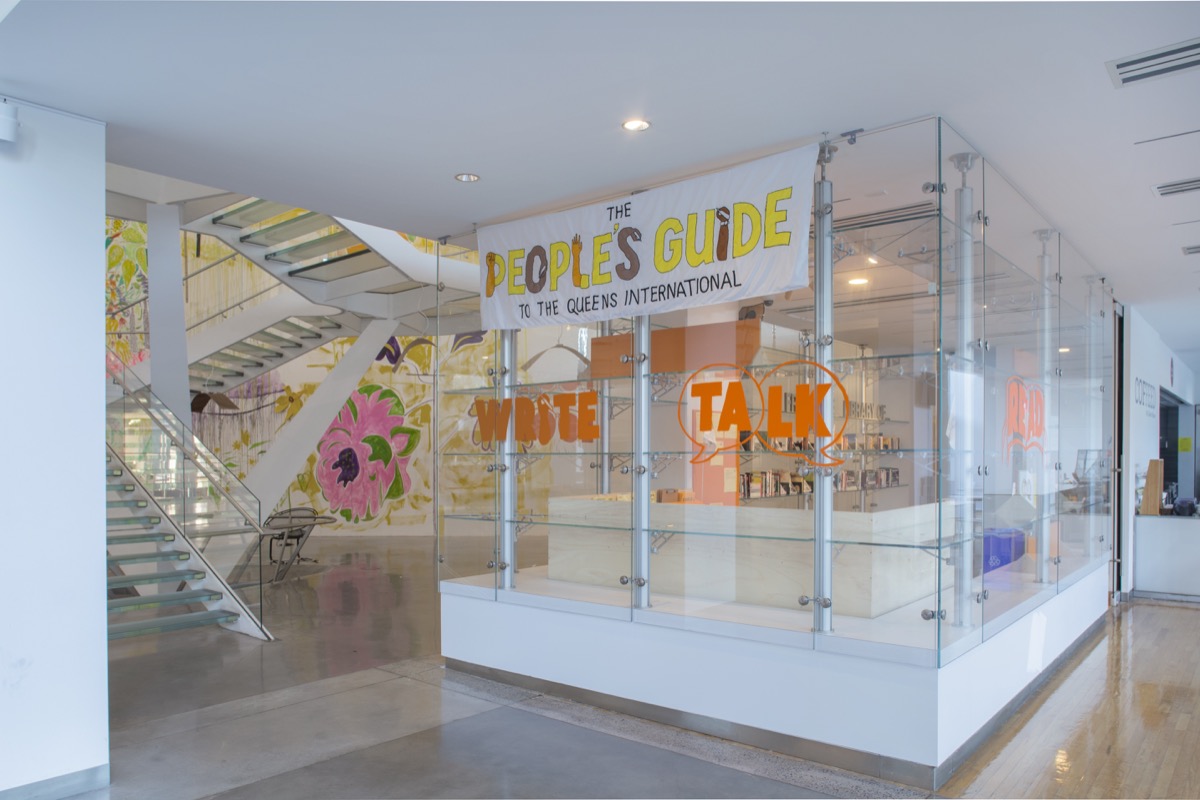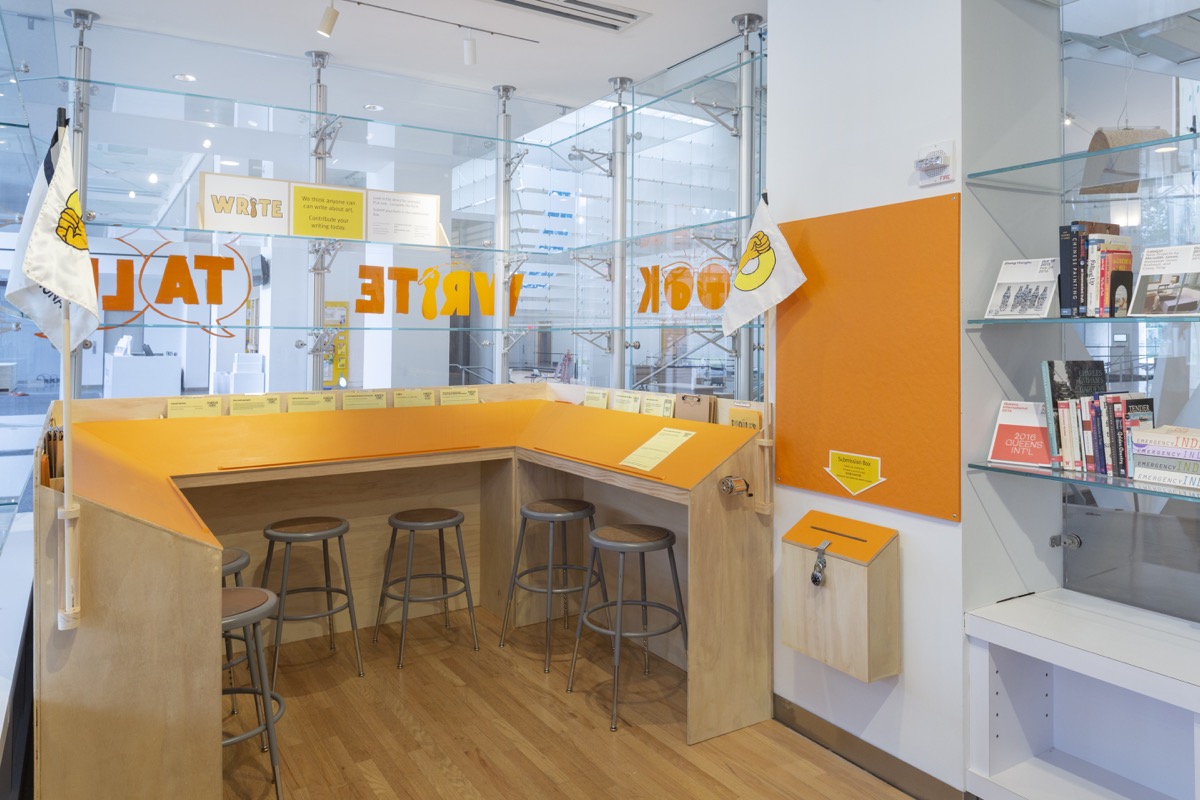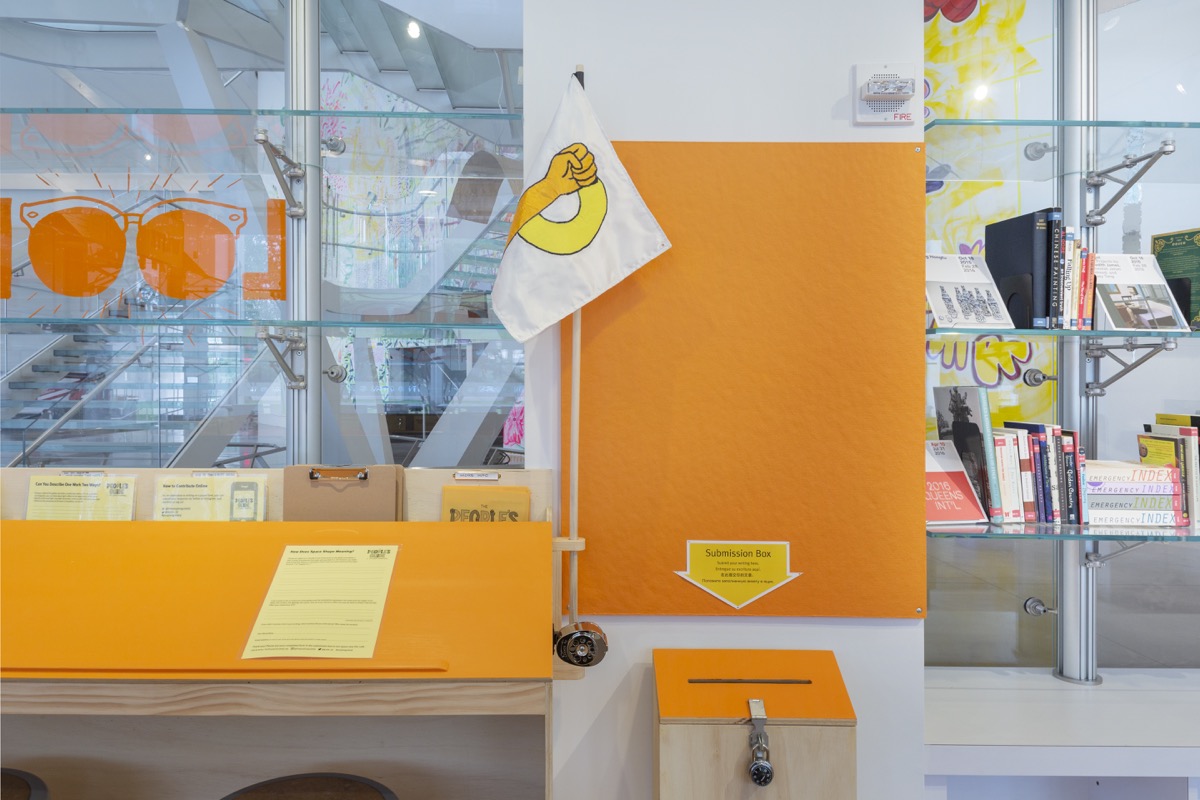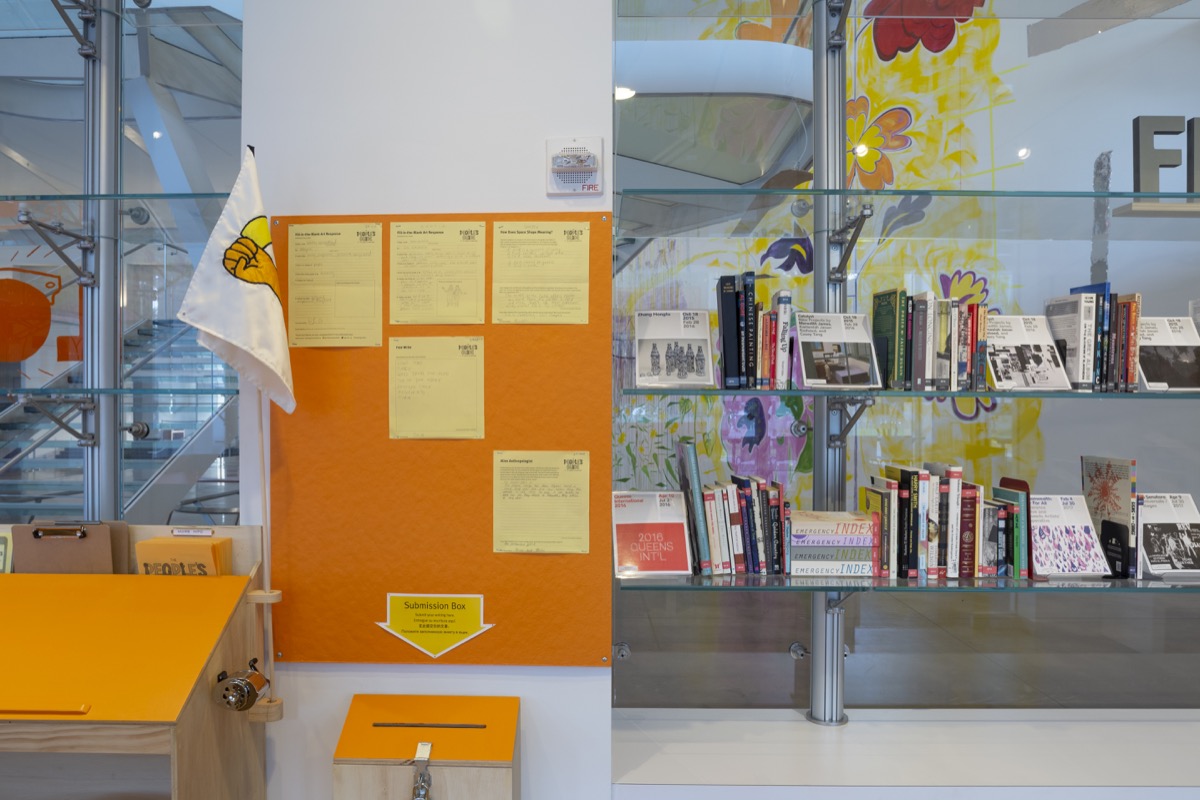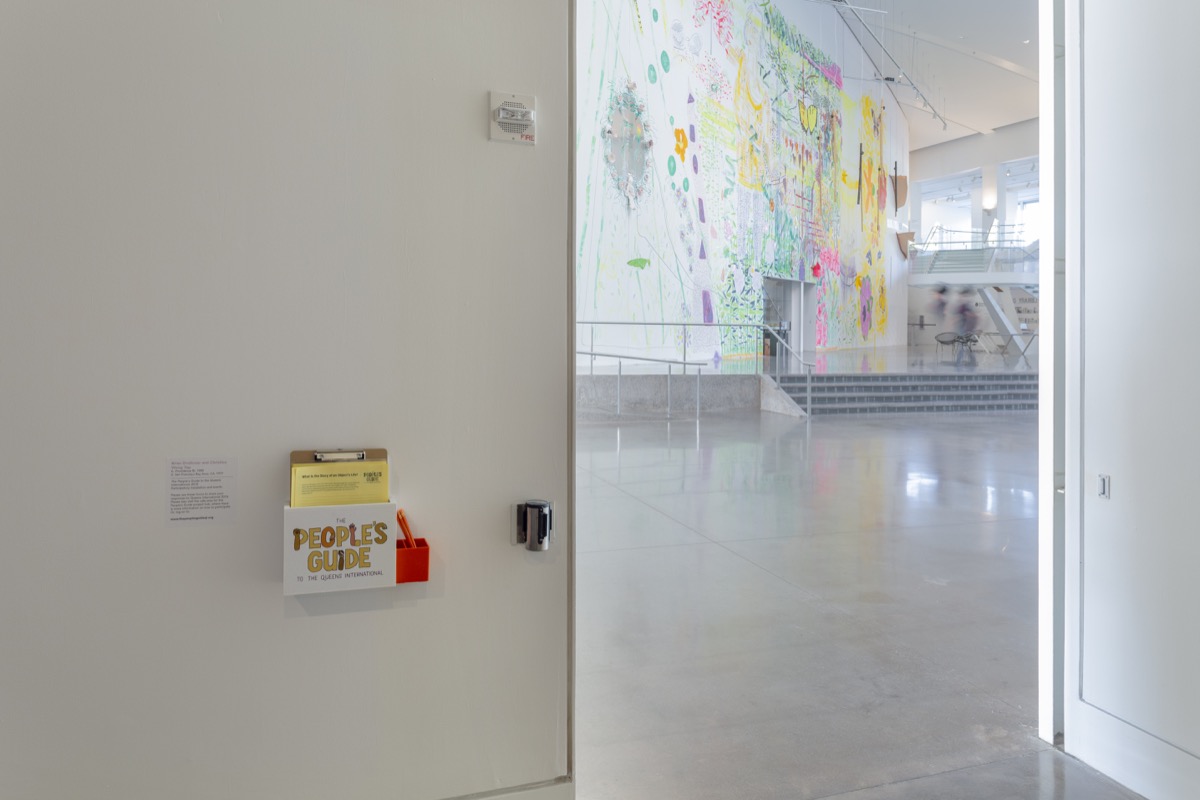| If I were describing my work in art-critical jargon I'd say that I'm a critic in the expanded field, or an editor in the expanded field. Or that I work at the intersection of institutional critique and social practice. These are all ways of saying that I'm interested in the feelings that people have around art, and how they get suppressed or pushed aside by the power dynamics constructed by the standard design of the viewer experience, where wall texts and other writing about the art often has the effect of inserting institutional authority as a barrier between the viewer and the work. My earlier work on Yelp was about pointing to the problems; now I'm trying to develop better channels of communication. I want to create forums for conversation, publications, ephemera, and institutional practices that are more responsive to audience needs and interests. |
 |
| prev |
Brian Droitcour (b. 1980, Warwick, RI) earned an MA from New York University (2013) and a BA from Carleton College (2002). He lived in Moscow from 2002 to 2007 where he wrote on art for the Moscow Times and art magazine Artchronika, and translated essays for a number of exhibition catalogues. Droitcour currently works as associate editor and online editor at Art in America. His critical writing has appeared in Art in America, Parkett, Rhizome, Artforum, Art Papers, DIS, and other publications. In 2017, he edited Provision, a temporary magazine of critical writing, as part of Converge 45, an annual art festival in Portland, OR. In 2015, he edited The Animated Reader, a poetry anthology accompanying "Surround Audience," the New Museum's third triennial. Droitcour has been a resident at the Shandaken Project in Phoenicia, NY (2013) and the Luminary in St. Louis, MO (2018), where as part of the organization's "Commoning the Institution" program he led a workshop with Alison Burstein about institutional voice and communications between art institutions and their audiences. He lives in Jackson Heights, Queens. |
next |

